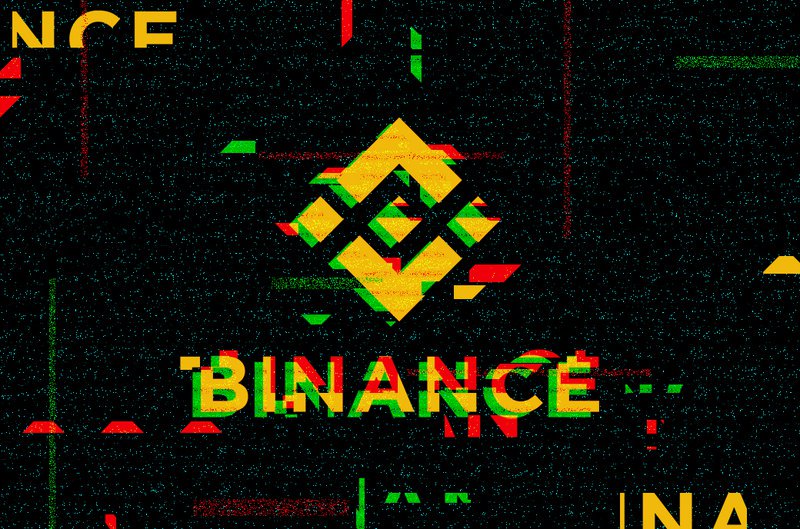Exploring Drivechain, A Miner-Secured Bitcoin Sidechain

Listen To This Episode:
- Apple
- Spotify
- Libsyn
- Overcast
In this episode of “The Van Wirdum Sjorsnado,” hosts Aaron van Wirdum and Sjors Provoost are once again joined by Ruben Somsen. The trio discussed Drivechain, a sidechain project spearheaded by Paul Sztorc.
Sidechains are alternative blockchains, on which coins are pegged to bitcoin. This should make the sidechain coins interchangeable with bitcoin and therefore carry an equal value. In a way, sidechains let users “move” bitcoin across blockchains, where they are subject to different protocol rules, allowing for greater transaction capacity, more privacy and other benefits.
Van Wirdum, Provoost and Somsen explained that Drivechain consists of two main innovations. The first is blind-merged mining, which lets bitcoin miners secure Drivechain with their existing hash power, but without necessarily needing to validate everything that happens on the sidechain. The second is hash rate escrows, which lets miners “move” coins from the Bitcoin blockchain to the sidechain and back.
The hosts also discussed some of the benefits as well as the complications with Drivechain, most notably the security implications of letting miners control the pegging-out process. They considered the arguments as to why this process is incentive compatible (in other words: secure) — or why it might not be.
The post Exploring Drivechain, A Miner-Secured Bitcoin Sidechain appeared first on Bitcoin Magazine.









